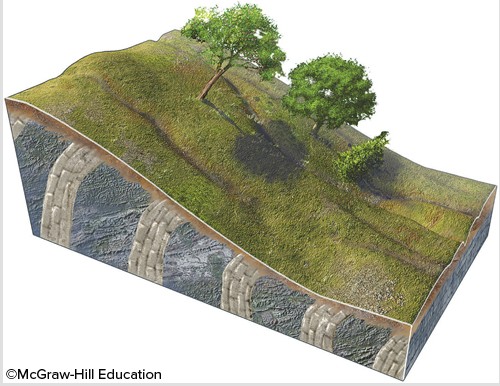Discuss how and why Torricelli developed the mercury barometer, along with an explanation of the barometer itself and the physical processes behind its function. Also discuss how an aneroid barometer works
What will be an ideal response?
A public of Galileo's, Torricelli noted that pumps in mines were able to pull water upward to a height of about 10 m. However, the level fluctuated day to day. Torricelli hypothesized that the weight of the air varied with weather conditions and that the weight determined the height in the pipe. To simulate, he used mercury and a 1 m glass tube. He sealed the tub at one end, filled it with mercury, inverted it into a dish containing mercury forming a vacuum. He found the average height of mercury in the tube was 760 mm depending on the weather. Thus was born the first mercury barometer. An aneroid barometer doesn't use liquid, instead by a chamber, attached to a gauge, containing a small amount of air. As air pressure increase, it presses inward on the chamber and when it decreases, it relieves pressure on the chamber. These changes cause the needle on the gauge to move.
You might also like to view...
Most sand on beaches, in desert dunes, and in stream and river channels is made up of ____
A)CaCO3 B)NaCl C)SiO2 D)CaSO4 E)2H2O
What is a geothermal gradient? Given an average geothermal gradient for continents and a surface temperature of 15°C, what is the temperature at a depth of 10 kilometers?
What will be an ideal response?
A model is a useful simplification of a more complex reality
Indicate whether the statement is true or false
What type of slope failure is shown in this figure?
A. rock slide B. rotational slide C. earth flow D. debris flow E. creep